The Outdoor Writers Association of America, now in its 93rd year, is one of the oldest professional communications organizations in North America. Each year, it recognizes top stories in a variety of media— including blogs—through its Excellence in Craft (EIC) Awards.
This year, stories by Cool Green Science staff writers and contributors won 13 EIC awards, and Cool Green Science won more awards than any other publication, in any medium.
We are honored to once again be recognized by OWAA. We hope that you enjoy this selection of the winning entries, with stories on everything from orchid sex to mammal-watching, from fishing for tiny minnows to recording bat calls.
-
50 Fish, 50 States: Small Stream Wonders
Fishing, 1st Place
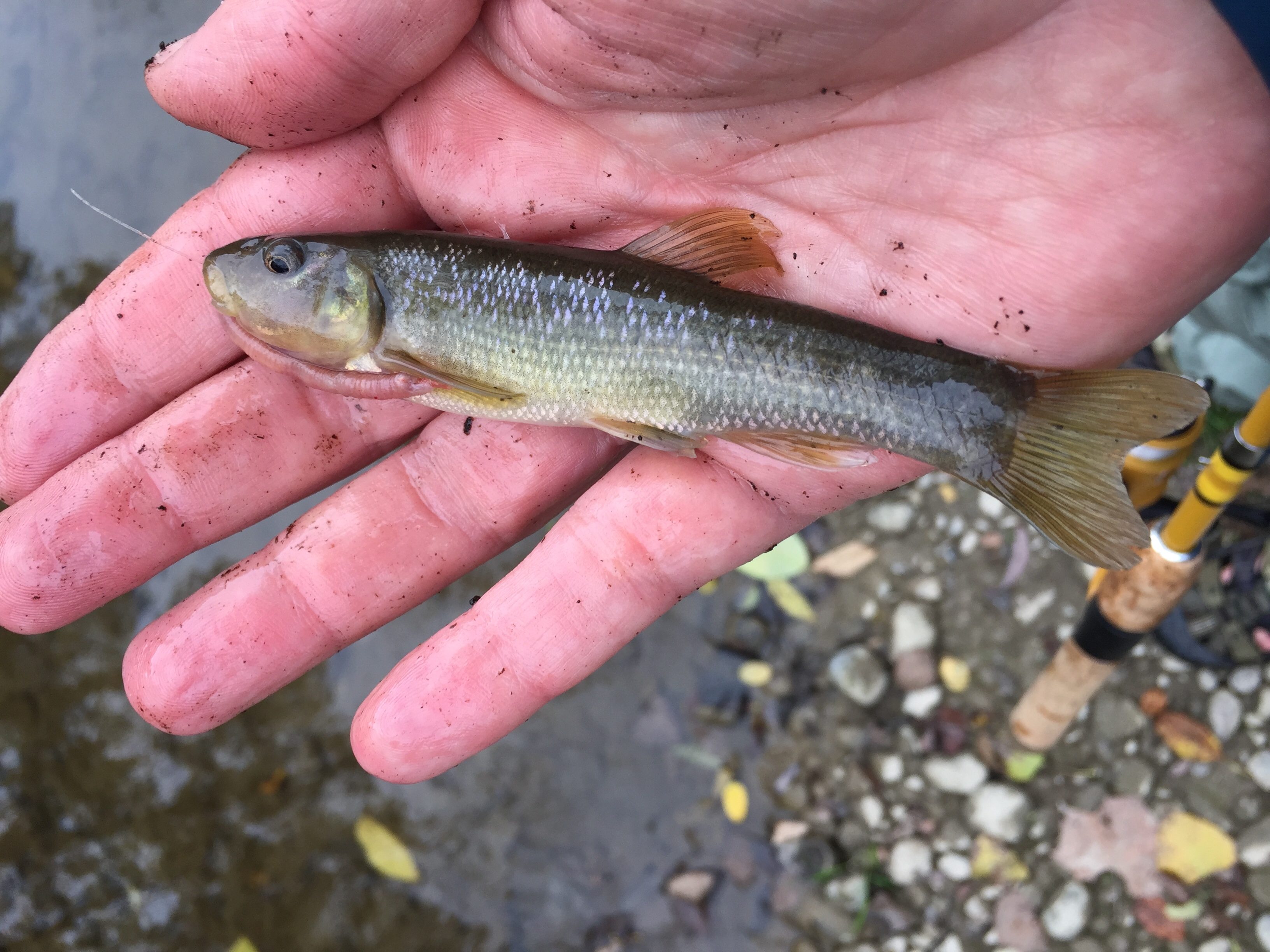
A cutlip minnow. Photo © Matthew L. Miller That nondescript stream you pass every day on your commute to work? It probably contains fish that would surprise and amaze you. Even if you fish, even if you consider yourself a curious naturalist, chances are you’ve overlooked your local freshwater fish.
Matt Miller set out on a quest to catch a fish in each of the 50 U.S. states. In his 50 Fish, 50 States series, he uses each adventure as a means to explore conservation, the latest fisheries research, and our complicated connections to the natural world. And though he’s fished far-flung mountain streams or distant lakes, it’s the bodies of water closer to home that surprised him most.
-
How to Use Social Media Without Harming Nature
Outdoor Fun & Adventure, 1st Place
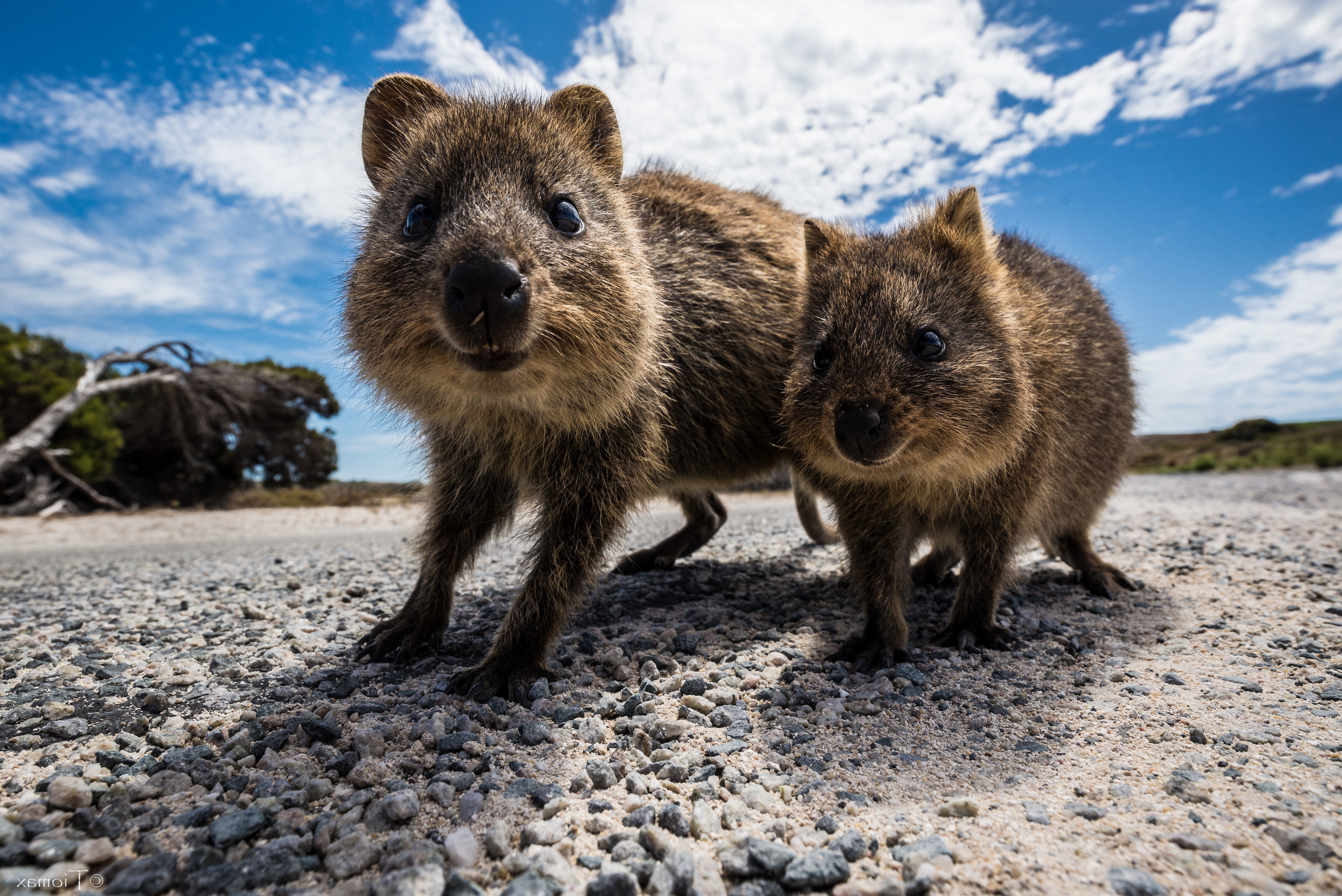
Curious quokkas inspect the camera. Photo © Tiomax80 / Flickr CGS writer Justine Hausheer is an avid photographer and nature-lover, and social media helps her engage with those passions in her daily life. She follows pro photographers and studies their work to improve her own photography, and she uses social media to learn about beautiful places, species, and cultures.
But social media isn’t always nature-friendly. In fact, some trends are downright damaging to the natural world. In this story, Hausheer explores ways for nature lovers to use social media responsibly.
-
The Seed Collectors
Conservation & Nature, 1st Place

Photo © Kris Millgate / www.tightlinemedia.com Seed collections have helped us understand biodiversity for decades. Now they’re also helping us understand climate change.
Author Kris Millgate spent her holiday collecting 100 pounds of sagebrush seed to help restore a fire-scorched wildlife refuge in Idaho. She talks to the botanists and seed collectors who safeguard plant diversity in herbariums—where some pressed plants are older than her grandmother—and the conservation scientists who use them to understand how climate change is altering plant communities.
-
No Binoculars Allowed: Learning to Bird By Ear
Humor, 1st Place
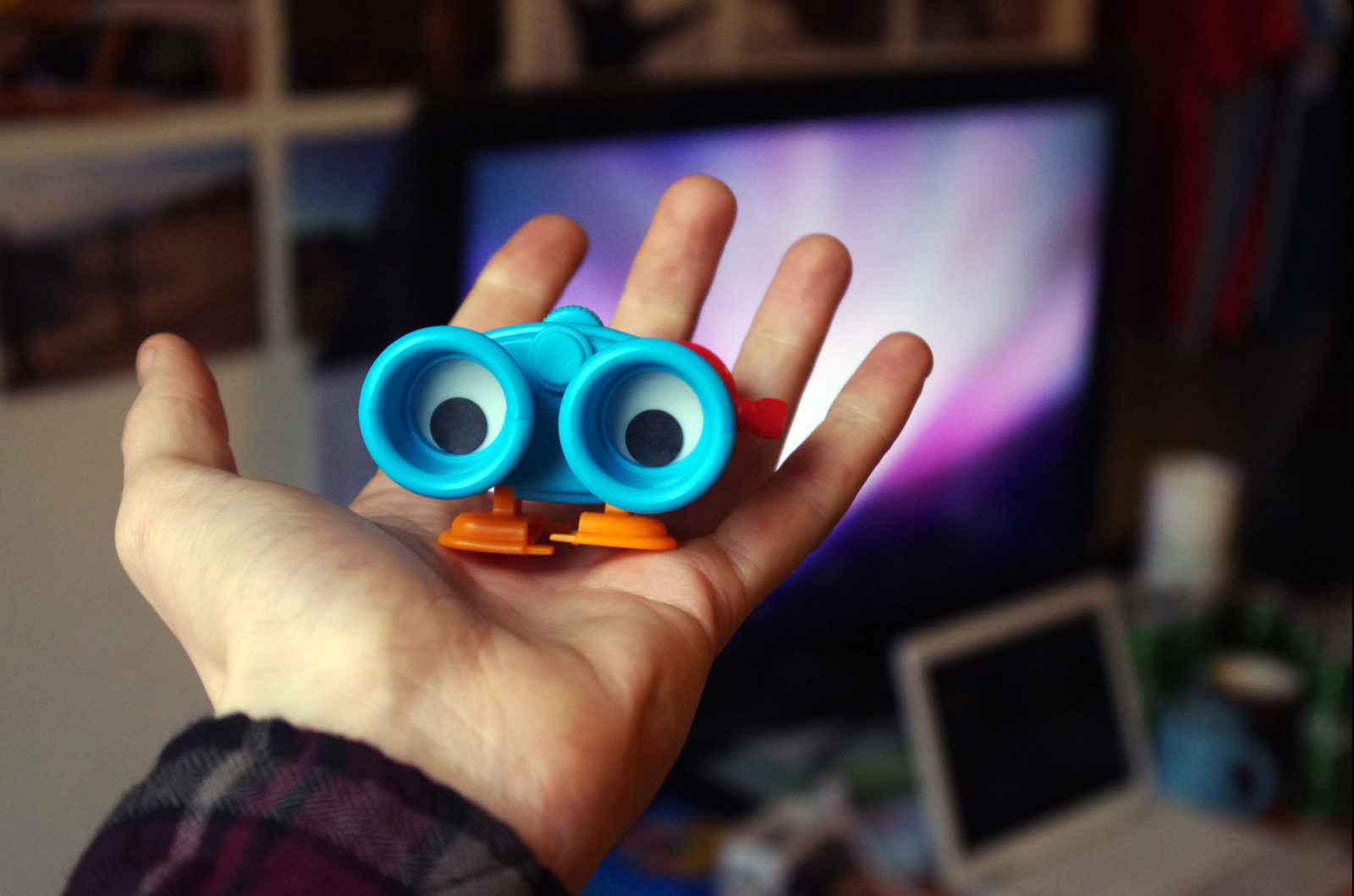
Photo © Graham Walton / Flickr Justine Hausheer has a confession to make: nearly a decade into her birding career, she still can’t identify birds by ear. She knows a handful: the cry of a red-tailed hawk or the peterpeterpeter of a tufted titmouse. But that’s just luck more than anything else. (If she’s still getting confused by American Robins, she doesn’t know her bird calls.) The situation got worse when she moved to Australia, where both birds and bird calls were entirely unfamiliar.
So Hausheer embarked on a challenge, foregoing binoculars and learning birdsong the hard way. She was going to learn to identify species by ear, or die trying.
-
Recovery: The Seal and Shark Invasion
Conservation & Nature, 2nd Place
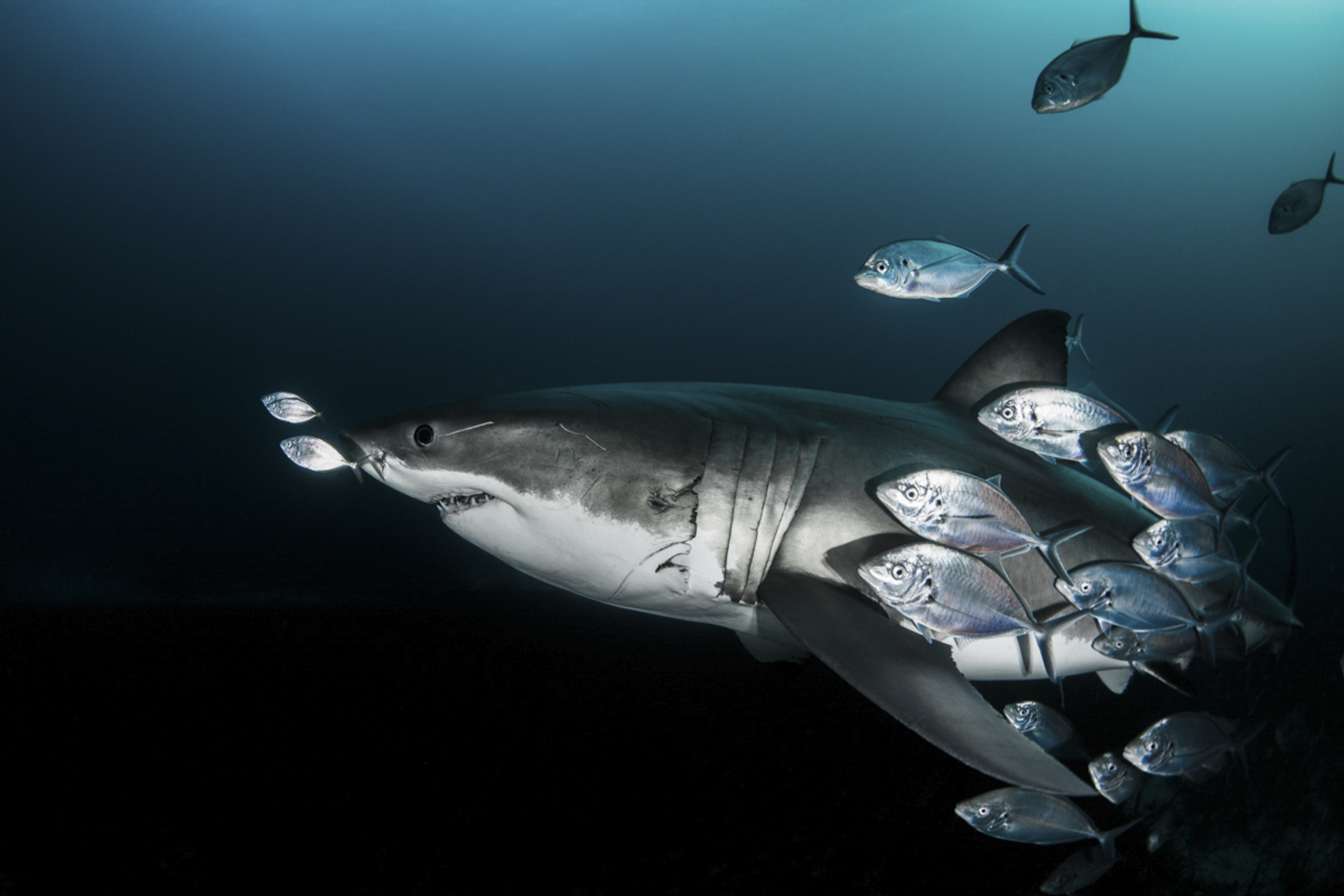
A great white shark cruising below the surface. Photo © Justin Bruhn / TNC Photo Contest 2019 Gray seals are rebounding in the Northeast U.S., but not everyone’s happy. As the seal population recovers, so do the great white sharks that feed up on them. And that’s where things get complicated.
Fishermen argue that the seals are depleting fish populations and should be culled. Other communities are demanding shark control measures to protect public safety. But are the seals really overpopulated, or are they just more than we’re used to? And should we really target sharks, which are the one predator that could control the seal populations? Do people really have the “right” to be protected from nature?
-
50 Fish, 50 States: Trout at 11,000 Feet
Fishing, 2nd Place
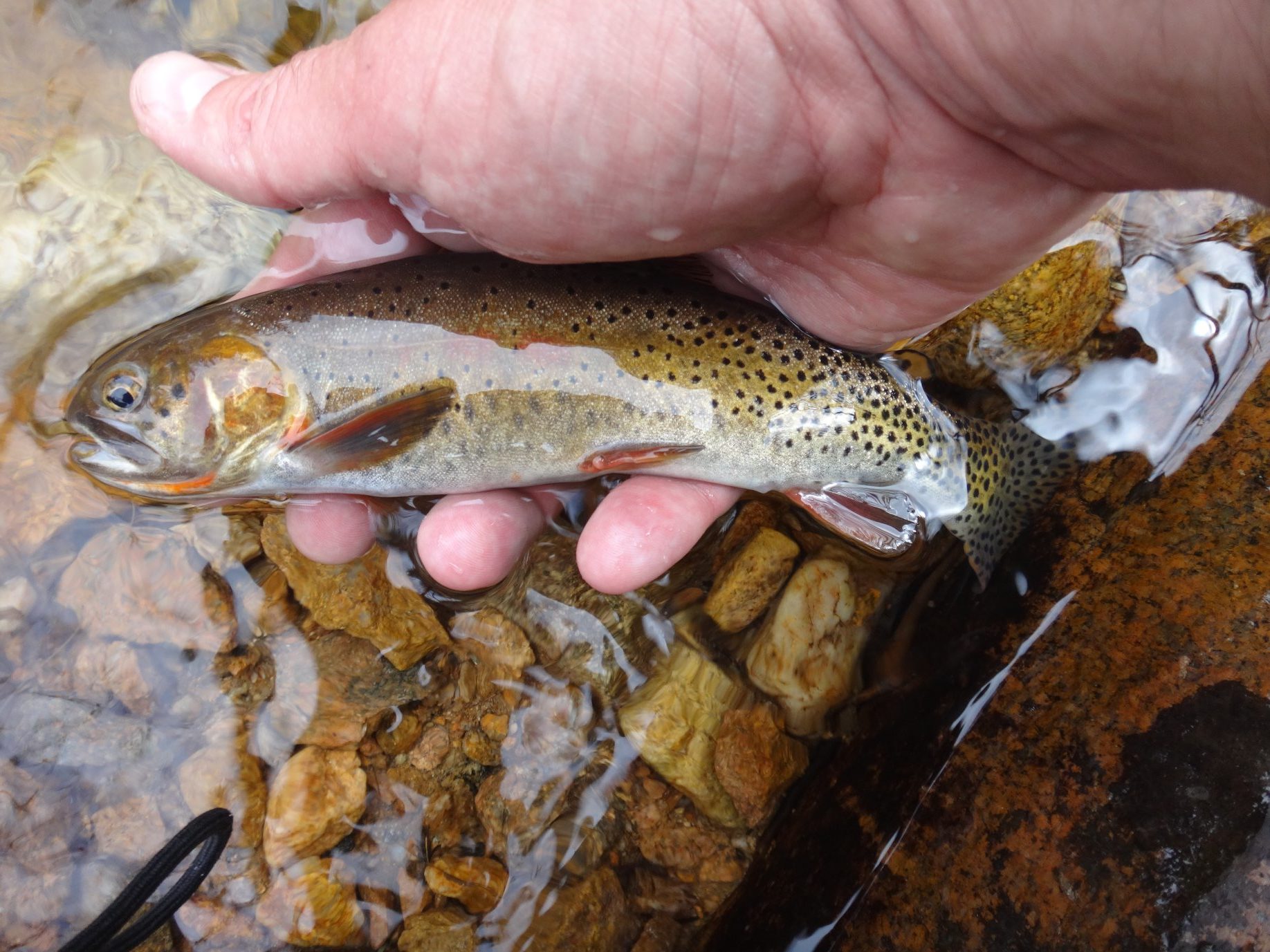
The quest rewarded: Greenback cutthroat trout at 11,000 feet © Matt Miller In yet another 50 Fish, 50 States adventure, Matt Miller searches the high-elevation waterways of Colorado for a fish with one of the most complicated conservation journeys imaginable — the greenback cutthroat trout. It’s been declared extinct. Not once, but twice. It was initially doomed due to the interests of anglers. Then it was saved from the brink by the extinction of anglers.
And there’s the potential for this creature to have an even brighter and more prosperous future thanks to anglers. Maybe. Just maybe. But it’s going to mean that we learn from past mistakes and envision a somewhat different future for the sport of fly fishing.
-
The Surprising Fireflies of the Western US
Outdoor Fun & Adventure 2nd Place
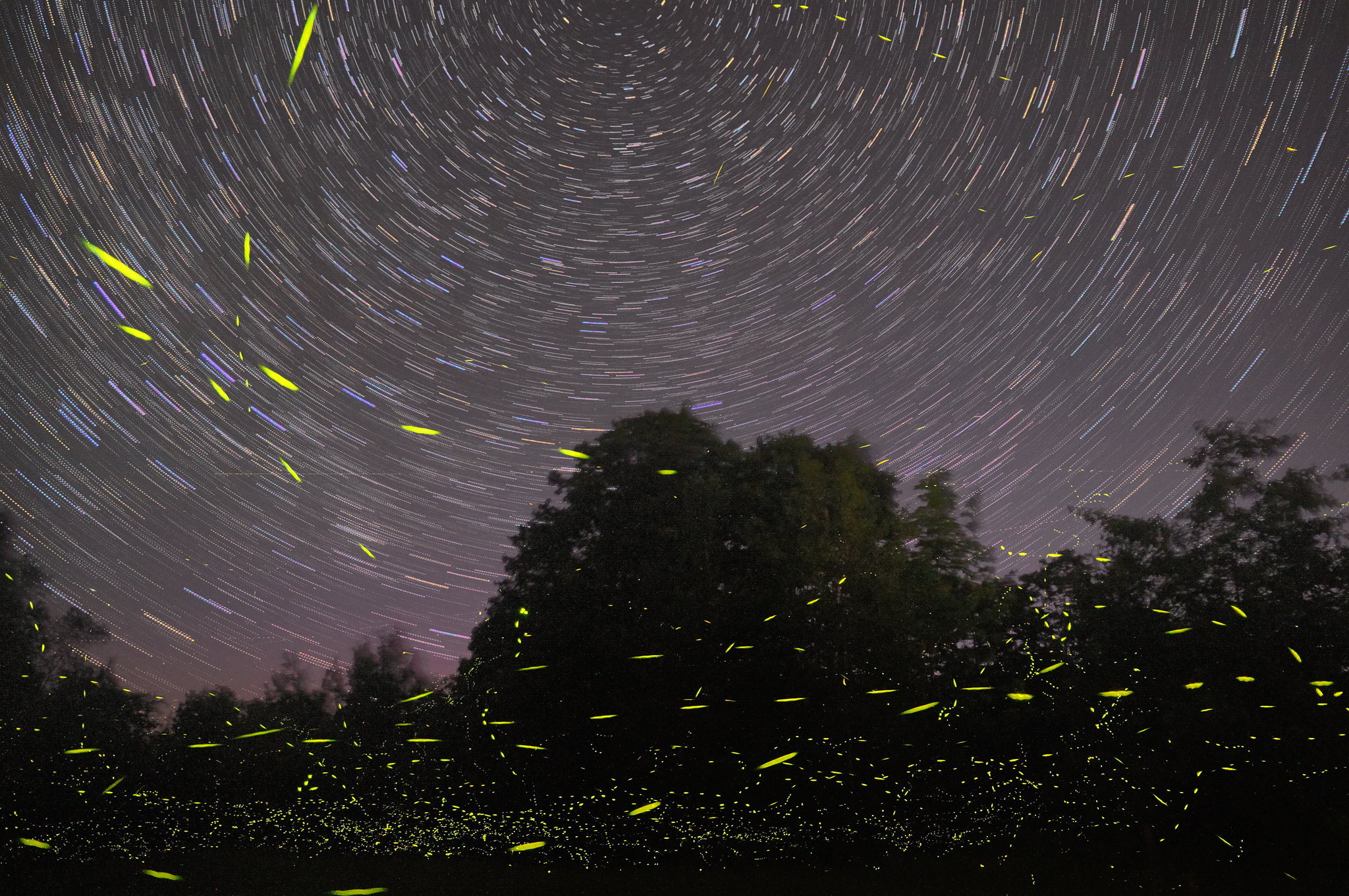
Fireflies and star trails in the eastern United States. Photo © Mike Lewinski / Flickr Fireflies in Utah canyons? That’s west of the Mississippi River. No way. It’s too dry. We don’t have fireflies in the West. Everyone knows that. But Edward Abbey wrote of sparkling fireflies, and as it turns out, he was right.
The Utah Firefly Project is harnessing the power of citizen science to collect firefly sightings from all over Utah, the second driest state in the nation. So far, they have credible firefly sightings in 20 of Utah’s 29 counties. Writer Kris Millgate explores the citizen science project that’s busting the firefly myth, one sighting at a time.
-
The Weird Sex Lives of Orchids
Humor, 2nd Place
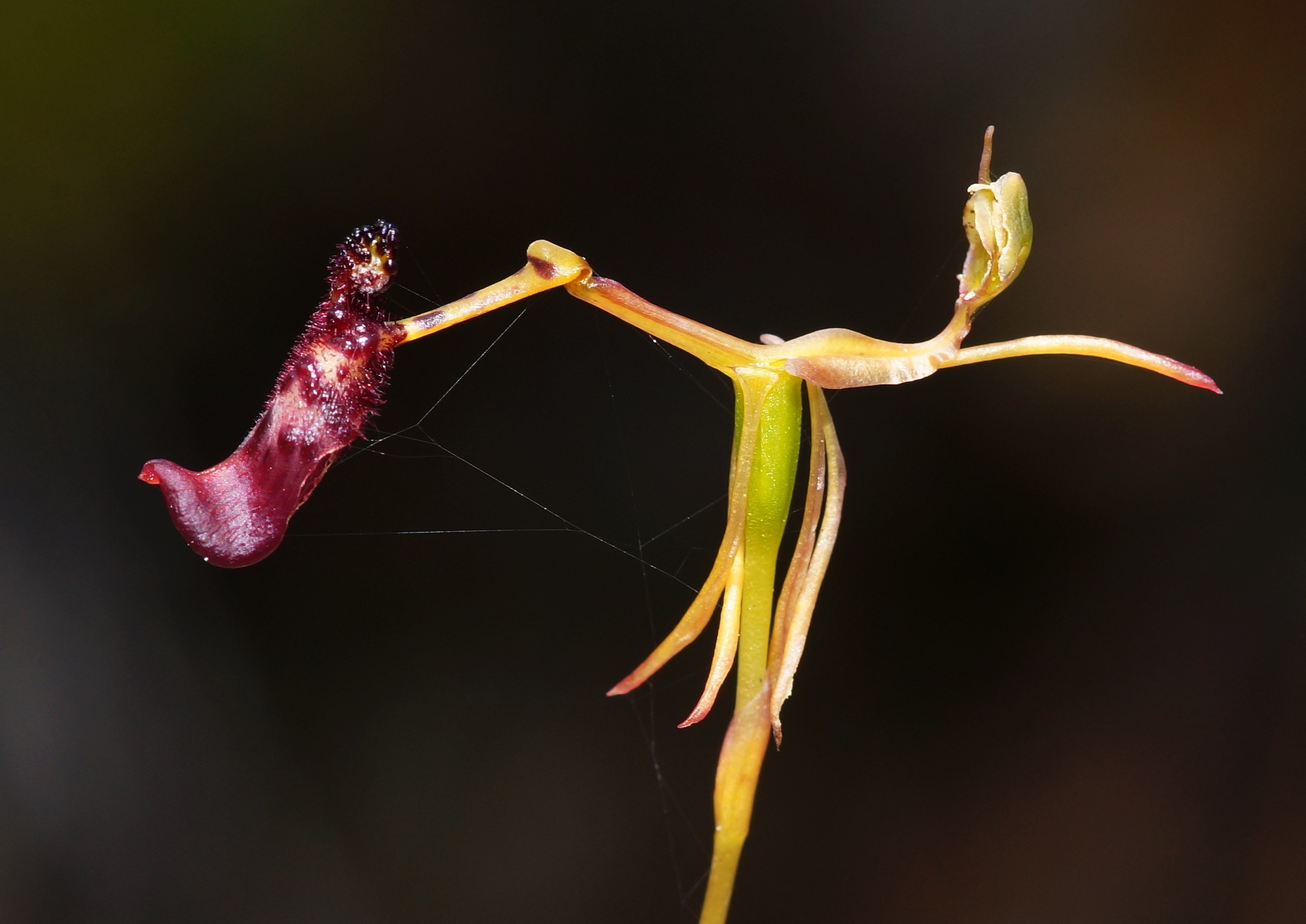
Drakaea thinniphila, a species of Australian hammer orchid. Photo © ron_n_beths pics / Flickr Love is in the air for the birds and the bees… but what about the plants? The animal kingdom is full of strange, endearing, and even alarming courtship rituals and mating habits. Yet we don’t hear much about the bizarre reproductive strategies that plants use to produce the next generation.
As it turns out, they’re equally weird. And diverse. And sometimes horrifying. But amongst all the world’s flora, orchids take the prize for weirdest plant sexytimes. Don’t believe us? To start, even the word orchid originates from the Greek word for testicle. Justine Hausheer walks you through the plethora of weird strategies that orchids utilize to get down and get rooty.
-
The Real Batmobile: A Citizen Scientist’s Night Drive
Family Participation/Outdoor Education, 2nd Place
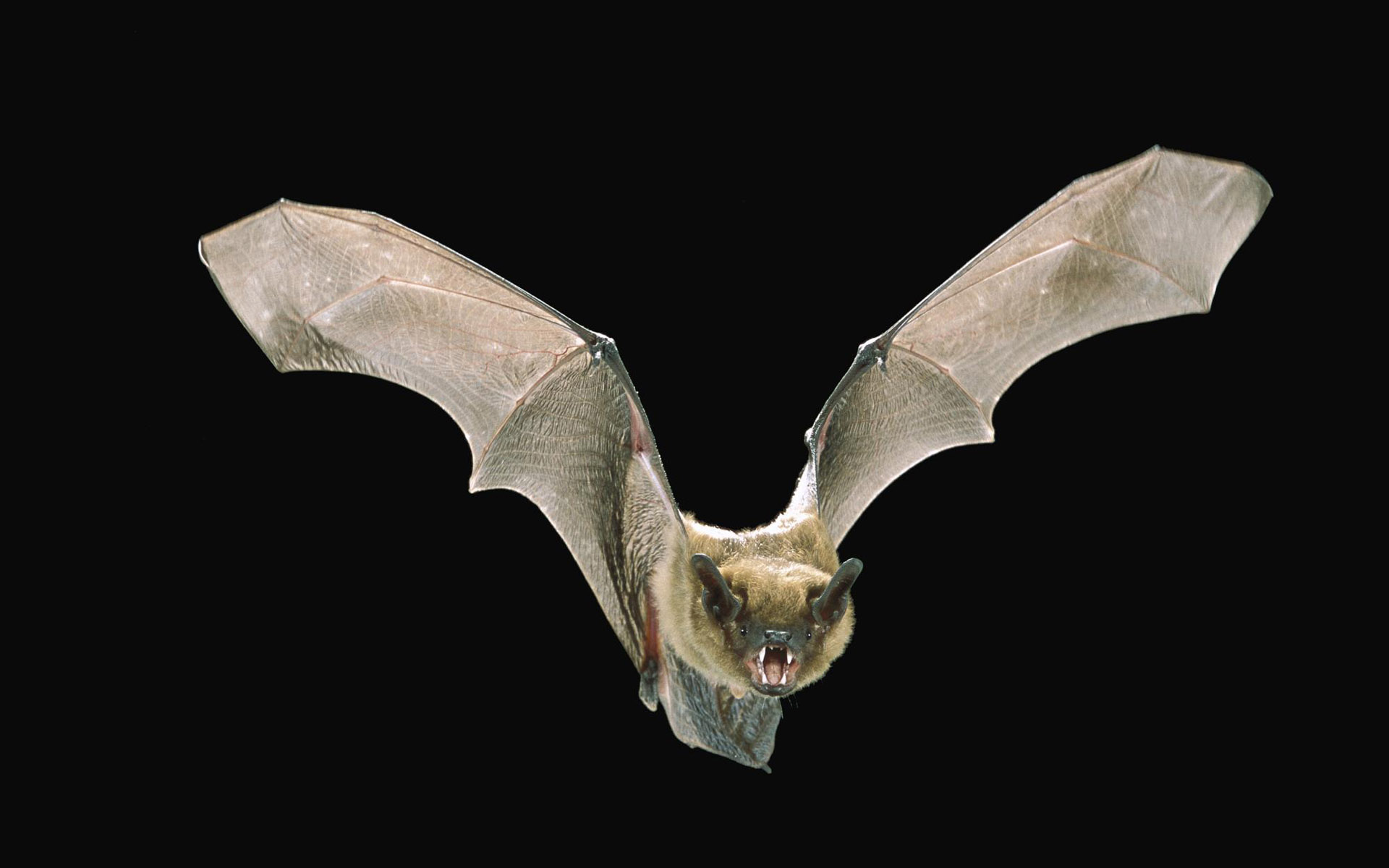
A big brown bat in flight in Rogue River National Forest, Oregon. Photo © Angell Williams / Flickr Once a month, June through September, Kris Millgate’s truck transforms into the batmobile as she goes looking for bat signals.
She and her husband are certifying as Idaho Master Naturalists, so in addition to 40 hours of class time, they have to log 40 hours of fieldwork. Looking for bats as citizen scientists satisfies 16 of those 40 hours. That’s why they slowly drive back roads along Idaho’s South Fork of the Snake River—with the kids in tow— for four dark hours at a time. The echolocation data they collect on the car-mounted bat monitor will help scientists help identify what bat species are nearby, winging along unseen in the dark.
-
One Man’s Quest to See the Worlds Mammals
Outdoor Fun & Adventure, 3rd Place
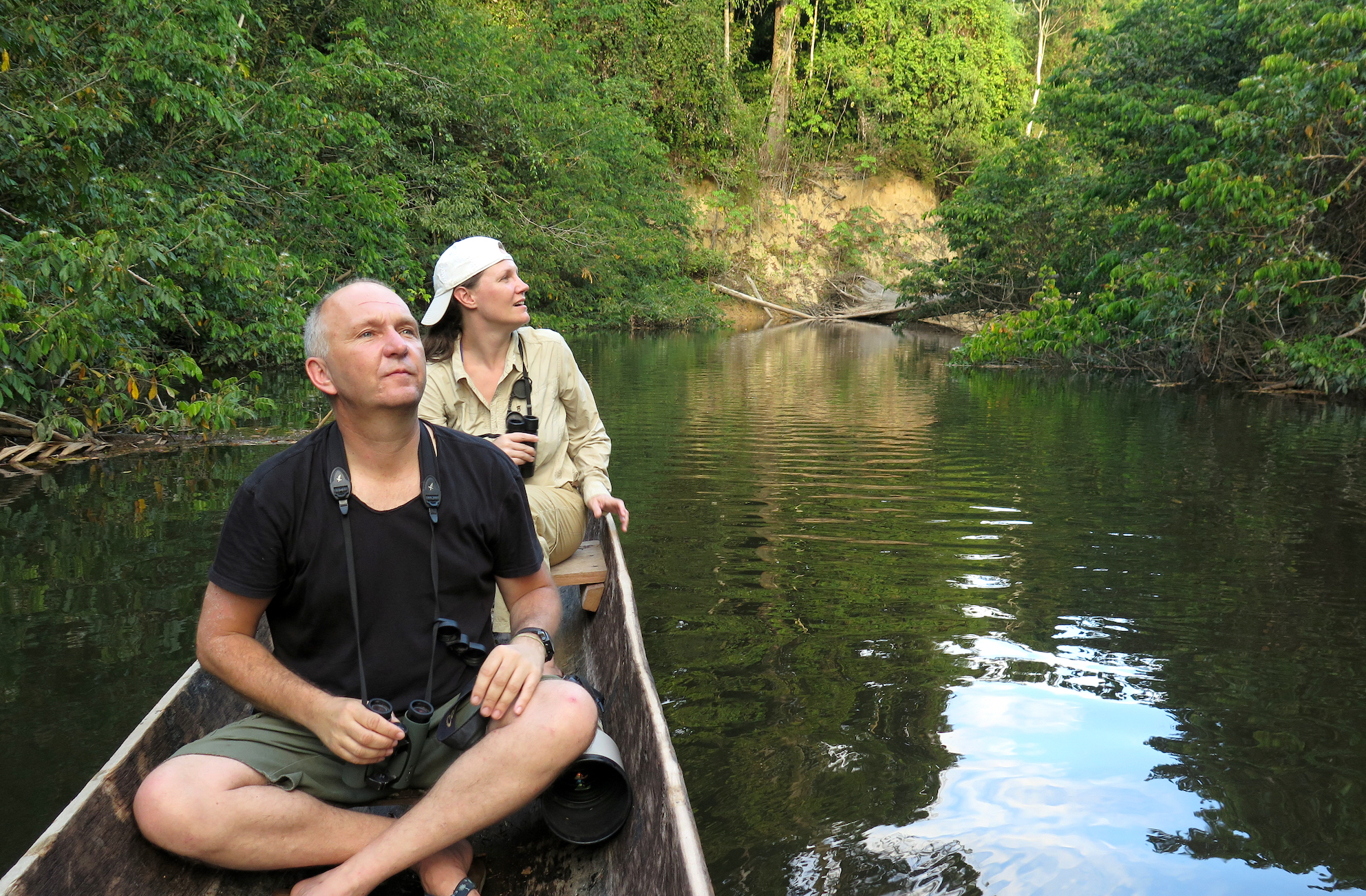
Jon Hall searches for primates and other mammals in Guyana. Photo © John Hall When Matt Miller arrived with lawn chairs, neighbors strolled by and asked if he was setting up to enjoy the sunset. “Yeah,” he said uneasily. He lied. He figured “sunset viewing” would be easier to explain. In reality, he was trying to show his friend a pocket gopher. That friend had just driven nearly 4,000 miles to do so.
John Hall is on a quest to see the world’s mammals, and he takes wildlife viewing to a different level. He’ll spend night after night mist netting bats in the Central American rainforest. He sets live traps across the desert to see new rodent species up close. He plans expeditions everywhere from city garbage dumps to remote Himalayan peaks in order to see the world’s mammals. Along the way he’s seen more than 1800 species—the pocket gopher was number 1,838—and had some incredible adventures.
-
How President Herbert Hoover Helped Save the Koala
Conservation & Nature, 3rd Place
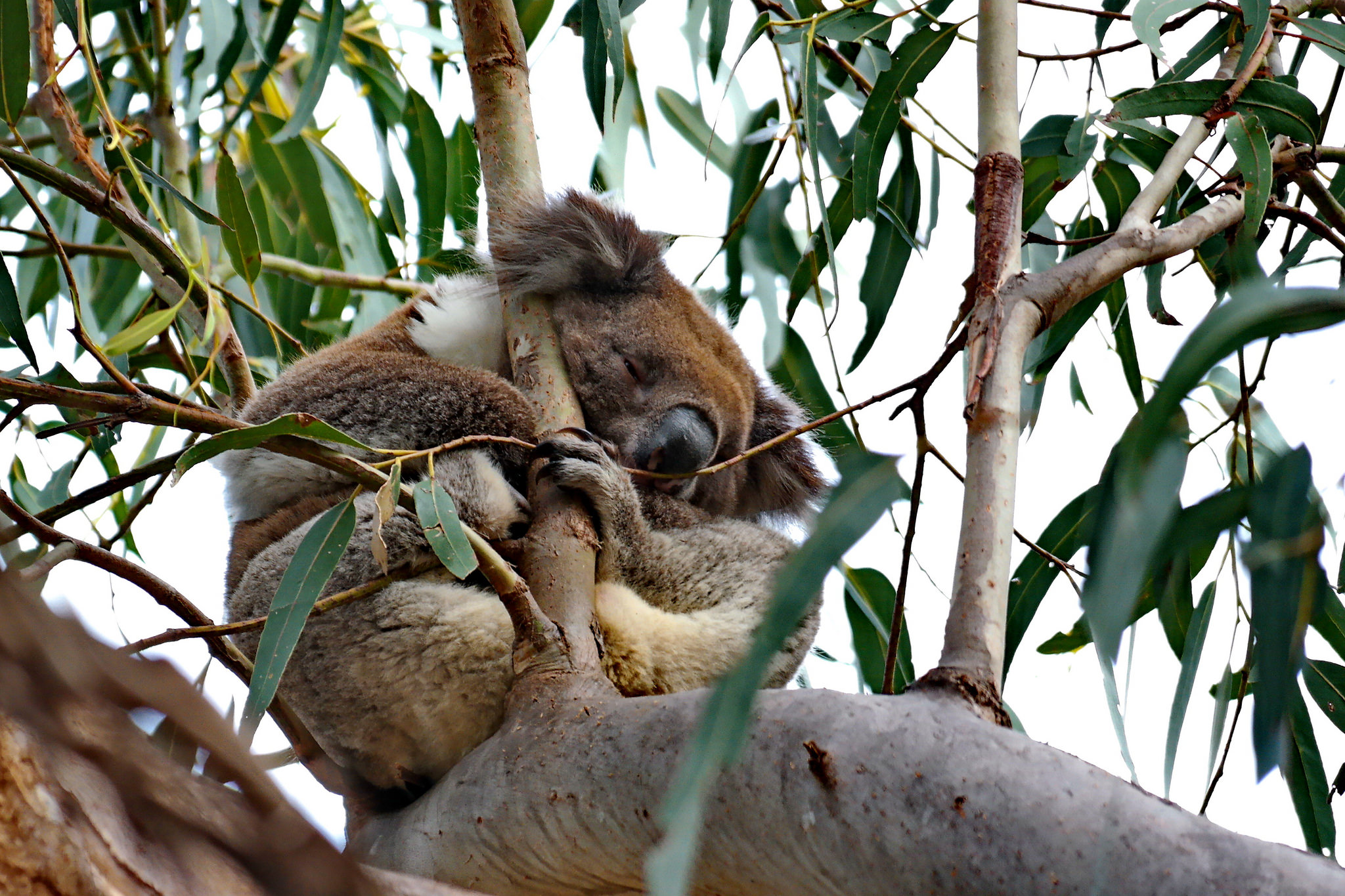
A koala sleeping in a eucalyptus tree. Photo © J. Philipp Krone / Flickr Koalas are the wildlife icons of Australia. Along with kangaroos, they’re probably one of the first animals that comes to mind whenever a nature nerd thinks about the land down under. But what many people don’t know is that the koala was almost hunted to extinction last century. Like the beaver in North America, koalas were killed by the millions for their fur.
That is, until Herbert Hoover, the future American president, helped put a stop to the trade.
-
The Obsessive Cult of Microfishing Life-Listers
Magazine: Fishing, 1st Place
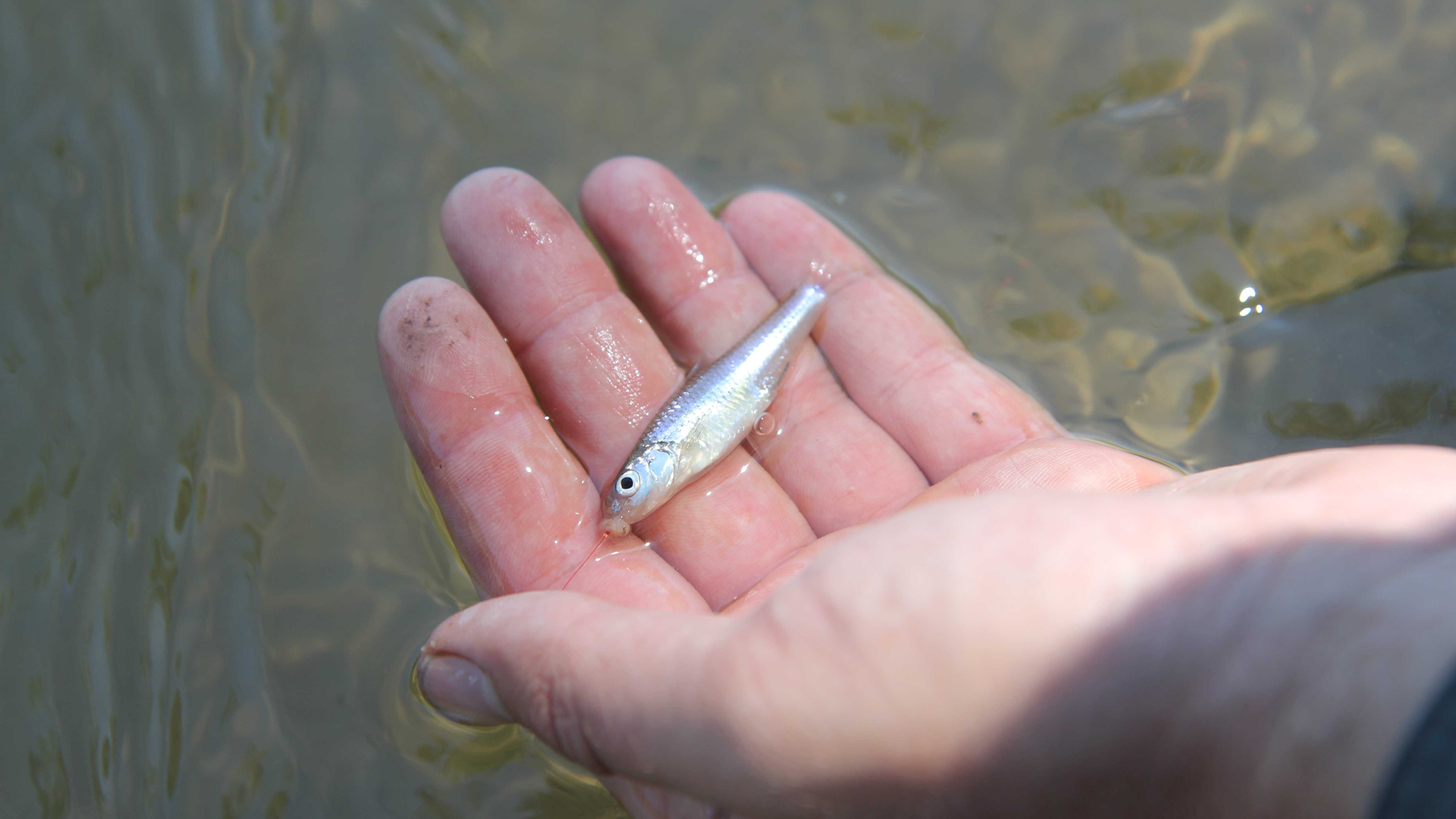
The next big thing, microfishing. Photo © Matt Miller/TNC In between running Cool Green Science and winning awards, Matt Miller wrote a book in 2018: Fishing Through the Apocalypse, a series of fishing adventures each illustrating a conservation theme. This story for Field & Stream Magazine is an excerpt from his book about an obsessive subset of anglers who keep track of species caught, much like birders.
But many of the species they meticulously list would surprise you: tiny minnows, sculpins and others that escape the notice of most anglers. To catch them, these “microfishers” use minuscule tackle and tactics that make them look like human herons. Miller takes a behind-the-scenes look at a weird and wonderful fishing subculture.
-
Bird Country: Saving the Riverina’s Last Wild Wetlands
Magazine: Conservation & Nature, 3rd Place
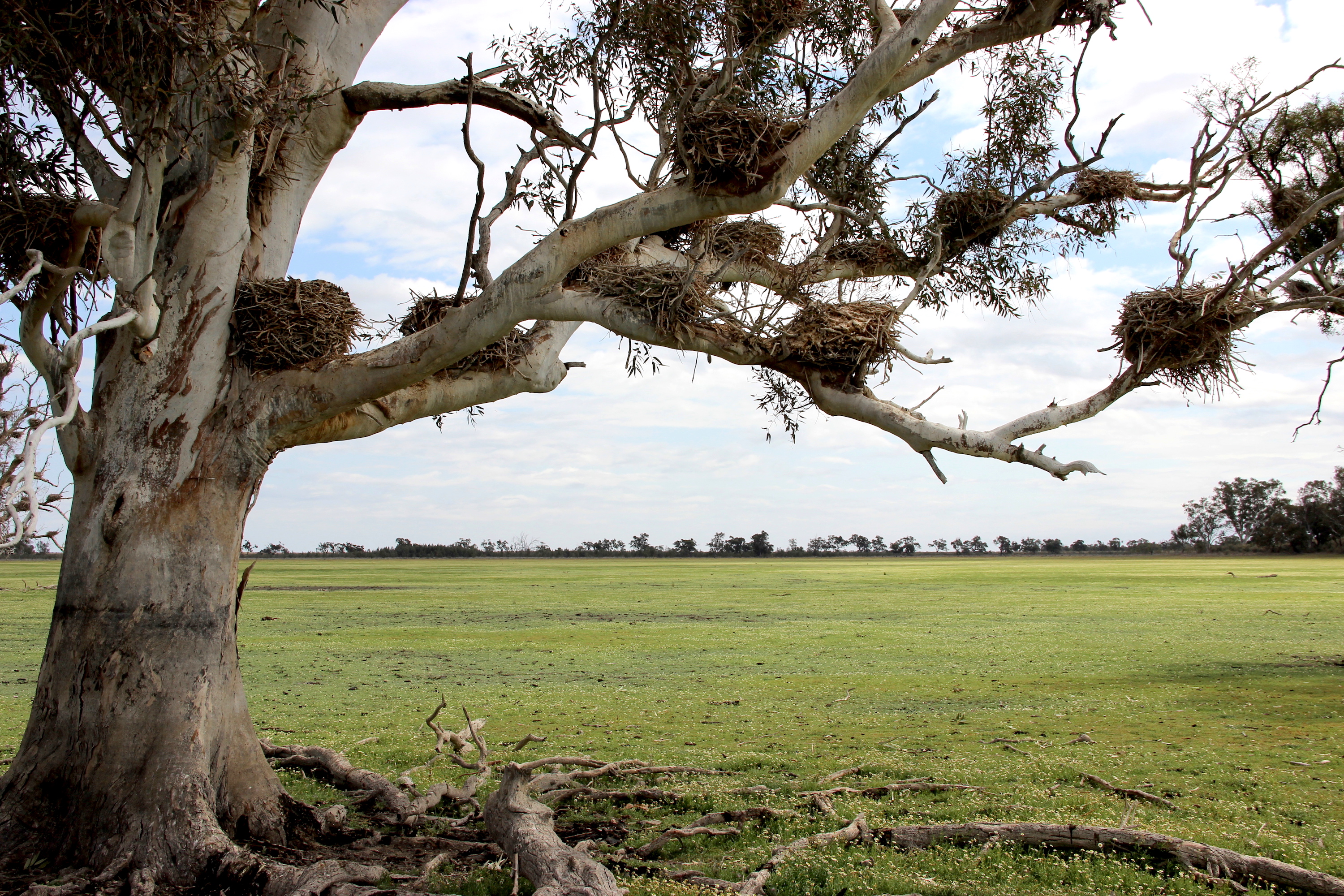
Remnants of a nesting site at Lorica Lake. © Peter Stephen / TNC Despite living in Australia for more than a year, CGS reporter Justine Hausheer isn’t used to dodging 6-foot-tall emus on her morning commute. But that’s exactly the situation she found herself in while exploring Gayini, a vast area of temporary wetlands and reed swamps that TNC recently purchased.
On assignment for Nature Conservancy Magazine, Hausheer explores some of the last wild wetlands in this region with Rene Woods, a member of the indigenous community which has lived on these lands for at least 50,000 years. And thanks to TNC and our partners, these life-giving wetlands will continue to sustain indigenous culture and provide critical bird breeding habitat for Australia’s wetlands birds.
(The original story ran in the Winter 2019 issue of Nature Conservancy Magazine. We’ve published an extended version of the story on Cool Green Science.)
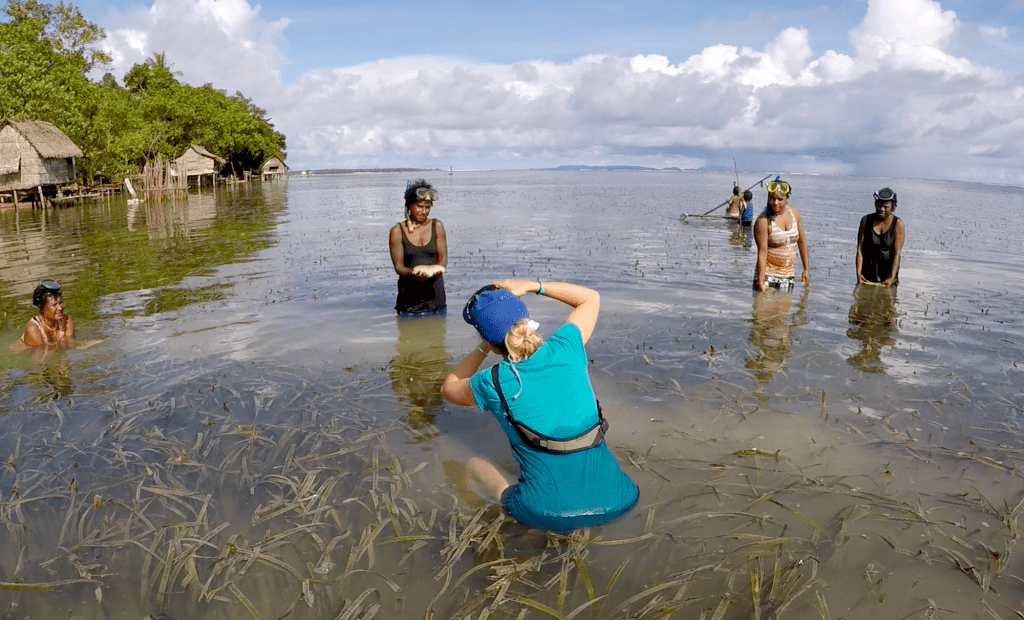



Join the Discussion
1 comment